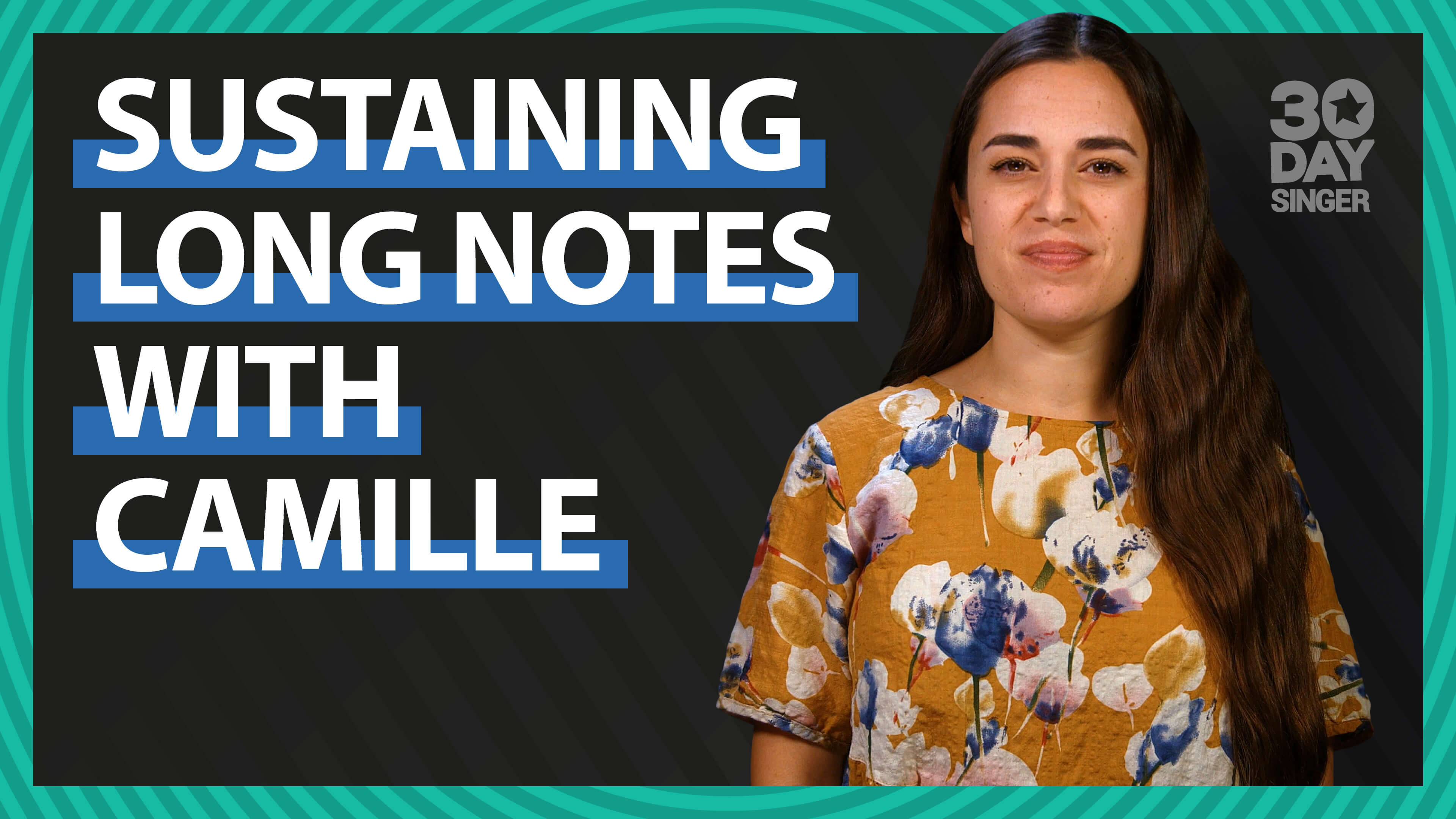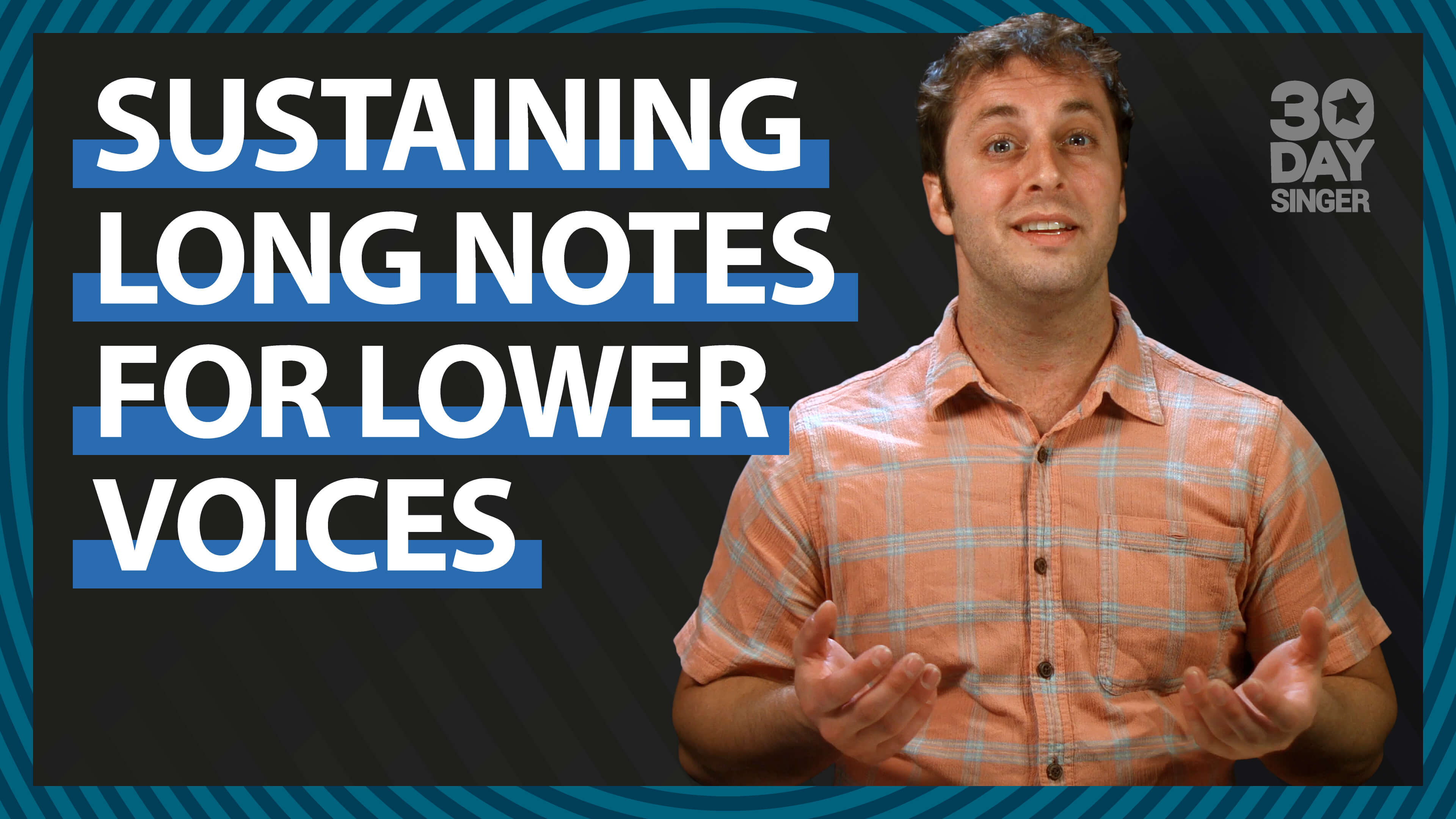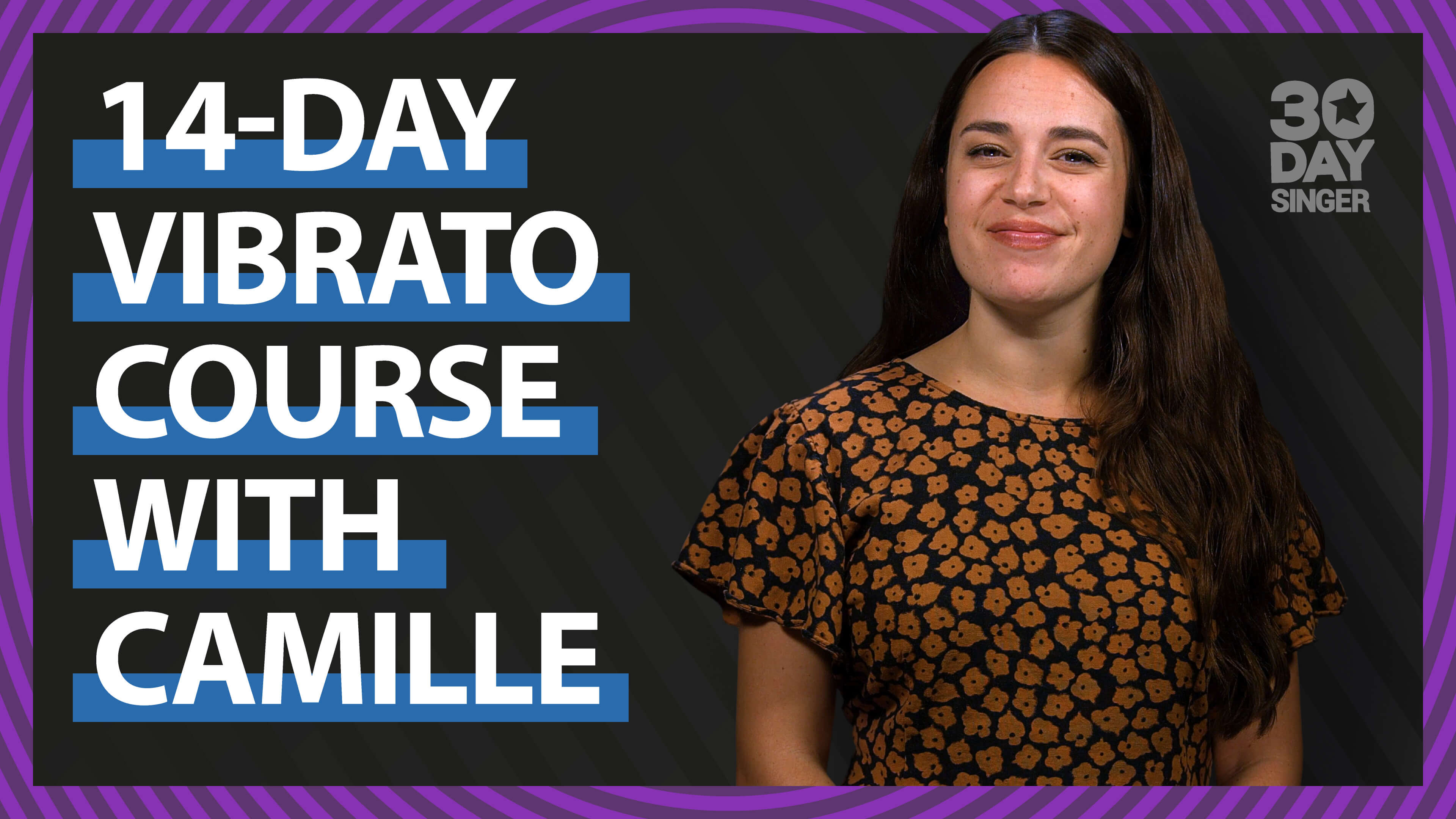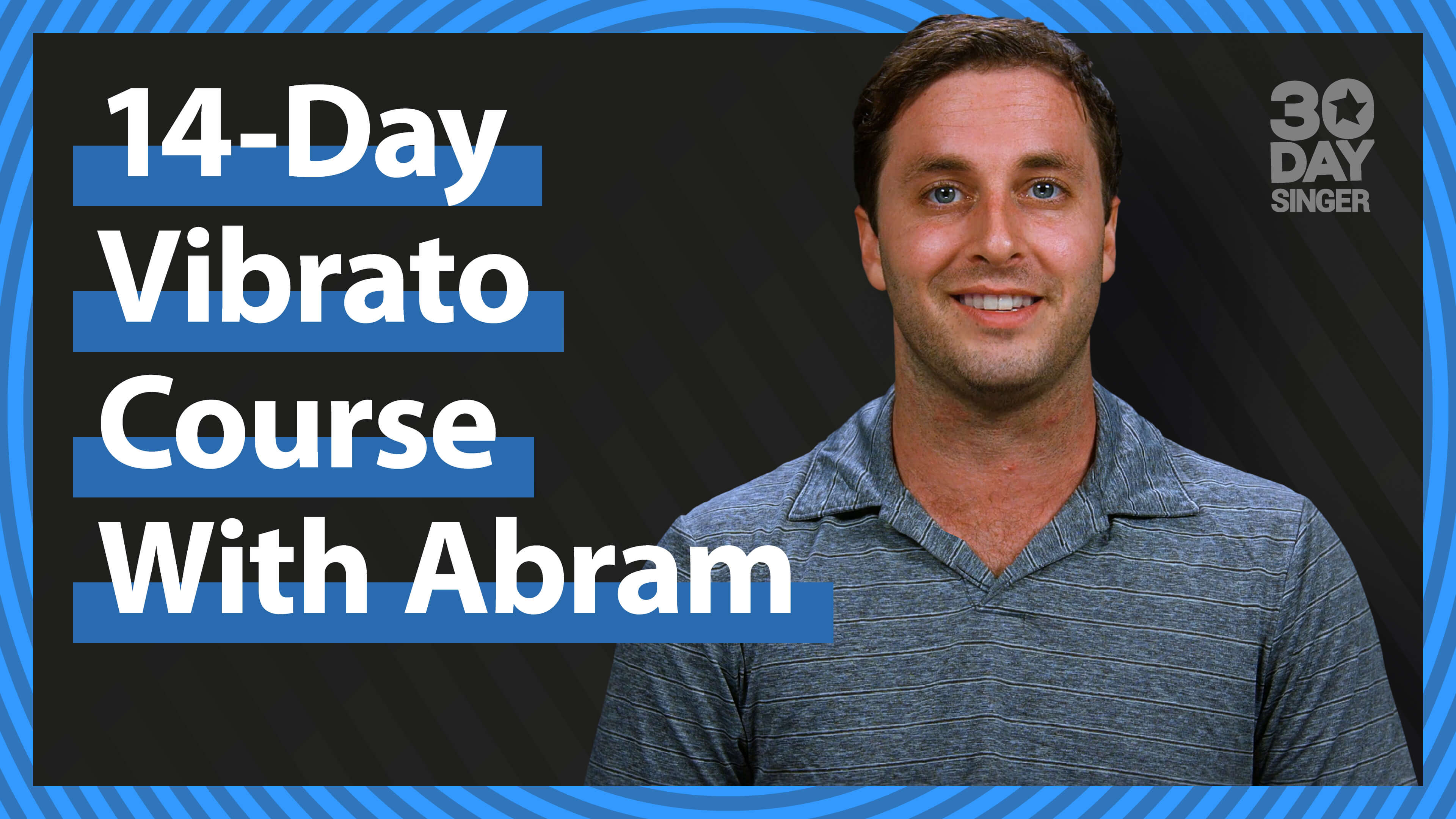Vocal Technique
Welcome to the Vocal Technique section of 30 Day Singer. These lessons focus on developing key singing techniques like vibrato, belting, singing higher or lower, breath control and much more. We offer guidance on how to learn these techniques and perfect them so you can perform with confidence. Some of these techniques are introduced in our beginner courses so if you need more time and focus on a particular area, these lessons come in very handy. You can bounce between these lessons freely or use a set combination of these lessons as part of your daily practice routine to monitor progress.
TUTORIALS
Sustaining Long Notes With Camille
By Camille van NiekerkSustaining a note is objectively more difficult than just hitting that same note. Join Camille as she teaches you the best tips and tricks to sustaining long notes.
Major Scale Riffs
By Camille van NiekerkAfter pentatonic riffs, major scale riffs are the most common. The good news is: you’re already familiar with the major scale! This lesson series will give you plenty of practice singing 3, 4 and 5-note patterns. It’ll be fun!
Build Your Head Voice
By Camille van NiekerkStrengthen and build your head voice in this live lesson! We'll cover: the importance of starting lightly; training your onset; bright vowels; "cry" quality and much more.
Singing With Richer Tone For Low Voices
By Abram PoliakoffSinging with a thin, small sound is common in beginning singers. Work with Abram in this lesson series and learn how to make a fuller and richer tone.
Sustaining Long Notes For Lower Voices
By Abram PoliakoffSustaining a note is objectively more difficult than just hitting that same note. Join Abram in this three part lesson on sustaining long notes.
14-Day Vibrato Course With Camille
By Camille van NiekerkWelcome to your 2-week course on developing vibrato! Each day, you’ll learn 2 new exercises focused on a specific aspect of vibrato development. We begin with the foundations of vibrato development, then on to kickstarting your vibrato, next, vibrato control & troubleshooting, and finally the course will wrap up with some real song application. Join Camille as she guides you in learning this exciting and crucial skill!
Head Voice/Falsetto for Male Singers
By Abram PoliakoffWork on your upper vocal register, your head voice, your falsetto, and all things high-vocals with this lesson from Abram. While this lesson might be geared towards male singers with a lower range, these exercise will work for all singers with all voice types!
How To Sing With A Smooth Tone
By Abram PoliakoffWould you like your voice to sound smoother? Are you having trouble singing with a smooth tone? Abram will show us some ways in which we can sing more smoothly!
14-Day Vibrato Course With Abram
By Abram PoliakoffWelcome to your 2-week course on developing vibrato! Each day, you’ll learn 2 new exercises focused on a specific aspect of vibrato development. We begin with the foundations of vibrato development, then on to kickstarting your vibrato, next, vibrato control & troubleshooting, and finally the course will wrap up with some real song application. Join Abram as she guides you in learning this exciting and crucial skill!
What Is Mixed Voice?
By Abram PoliakoffLearn all about mixed voice, what it is and what it isn't. How to harness it and use is to the best of your ability.
Frequently Asked Questions
Some great vocal warmups for singers start with gentle humming or lip trills to relax and engage your vocal cords without straining them. Then, work through some scales to gradually increase your pitch range and get your voice fully warmed up.
For a quick 5 minutes vocal warm up, try some lip trills or gentle humming for a couple of minutes. It’s effective and quickly preps your vocal cords for singing or speaking without overdoing it.
When your voice is sick, keep singing warmups light and gentle—like humming or low, quiet scales. Also, drink lots of warm fluids and rest your voice as much as possible.
Start with some light humming, followed by a few pitch glides (from low to high sounds) to get your voice comfortable. Finish with a few tongue and lip trills to help with articulation.
Two good vocal warm ups are humming and lip trills. These are super effective and easy vocal warm-ups that gently activate your vocal cords without causing strain. Both are great for starting any vocal exercise.
Breathing exercises and resonance drills, like humming and vocal slides, improve the quality and projection of your speaking voice. They help develop control and clarity, making your voice sound more confident.
Hydrate regularly, practice breathing exercises, and do daily warm-ups. Consistency with these habits will help your voice sound smoother and stronger over time.
To strengthen a weak speaking voice, practice deep breathing and speak from your diaphragm to add power. Also, try projection exercises like speaking in front of a mirror to boost confidence and clarity.
Focus on articulation exercises, like tongue twisters, and practice controlling your breath to avoid running out mid-sentence. Over time, these will improve clarity and help you speak with ease.
The four vocal function exercises are sustained phonation (holding a sound steadily), pitch glides (sliding between notes), lip trills, and staccato sounds on different pitches. They work together to strengthen and balance your vocal cords.











